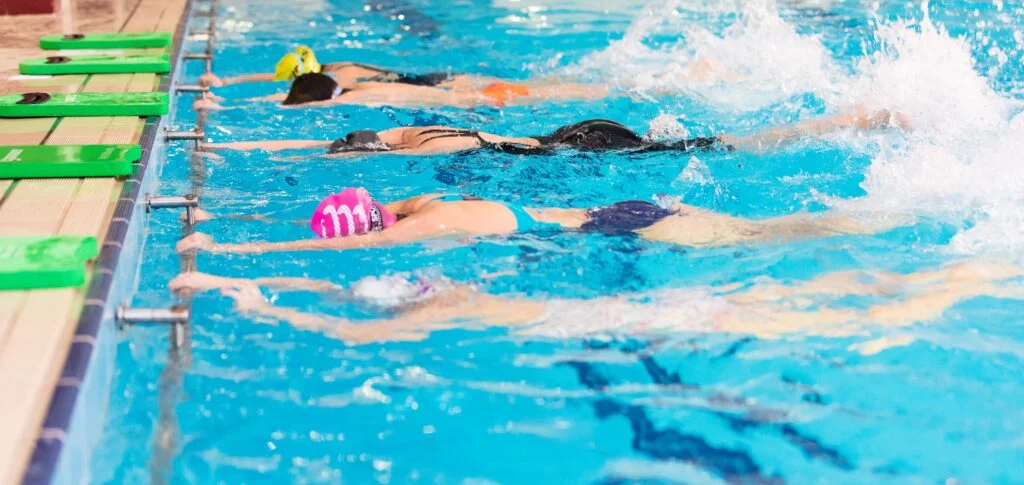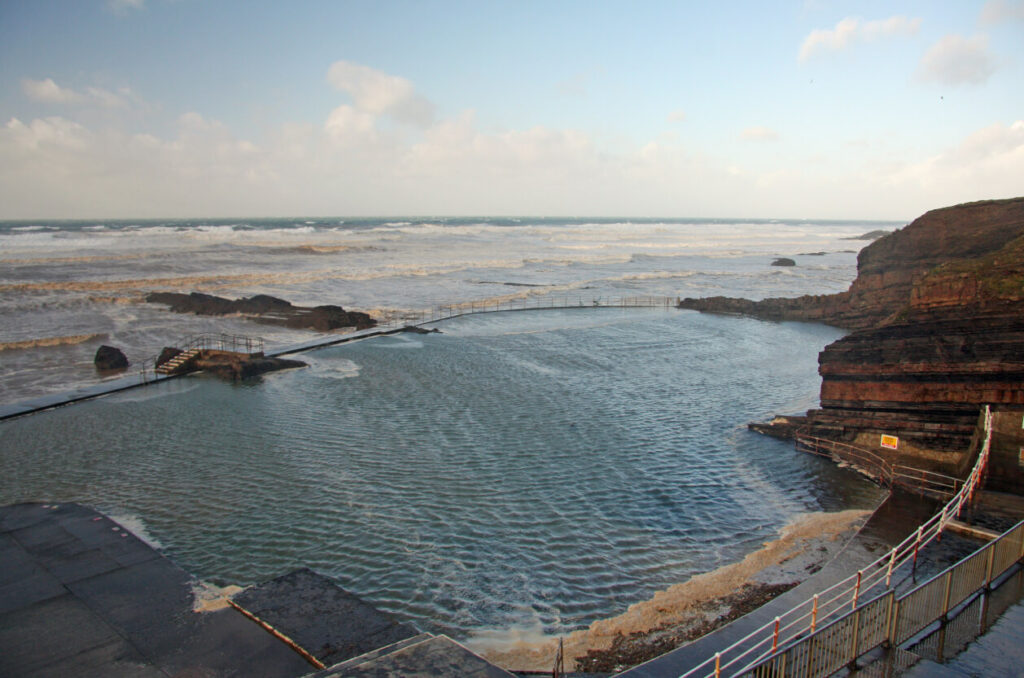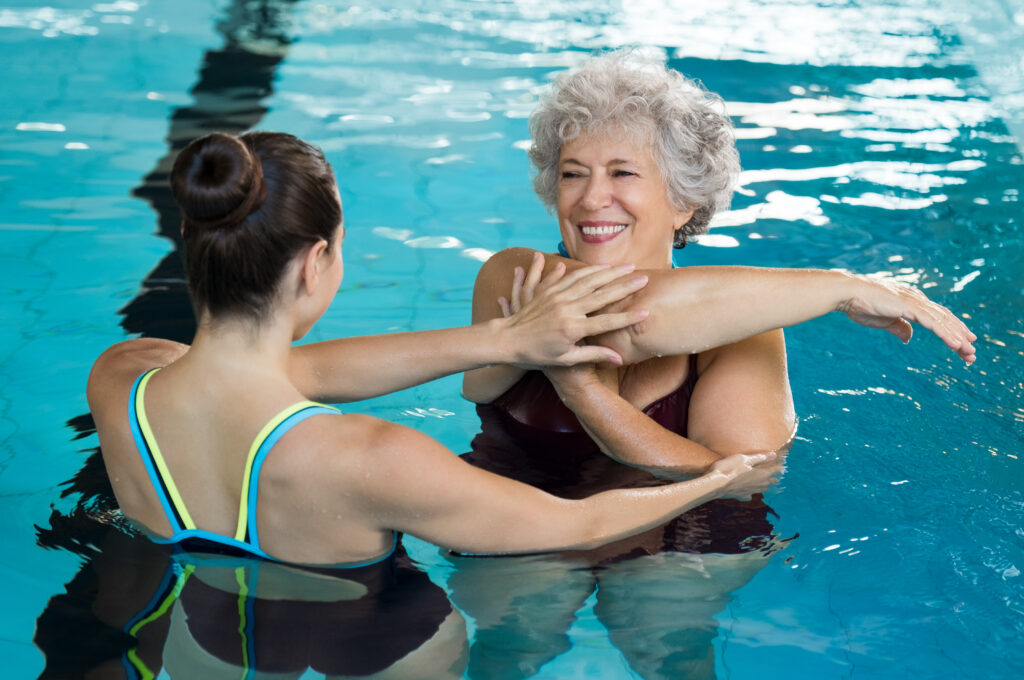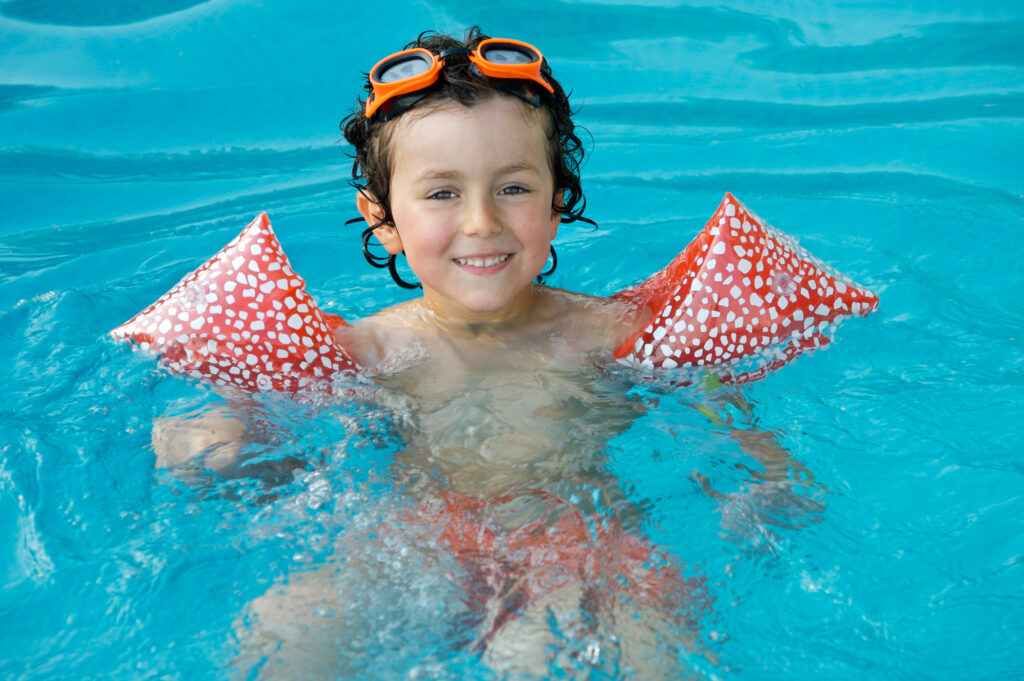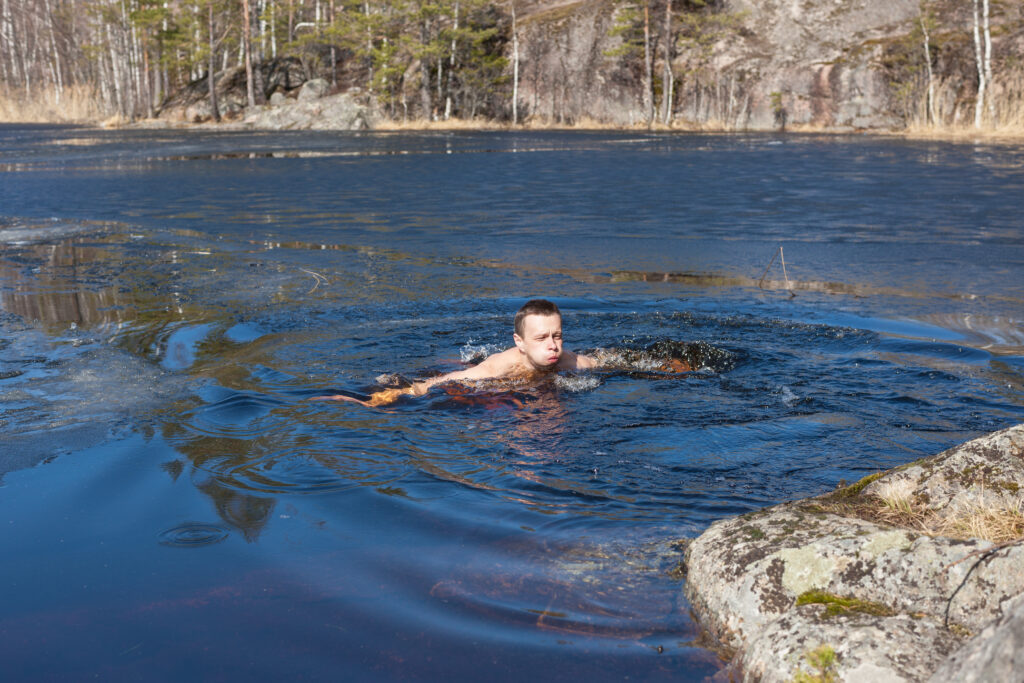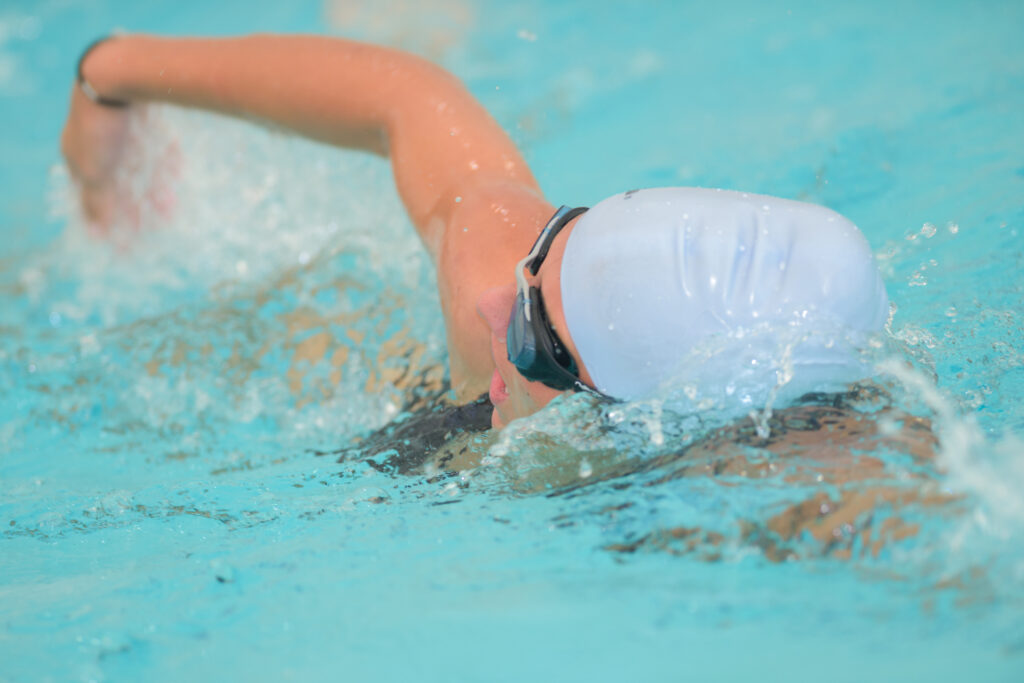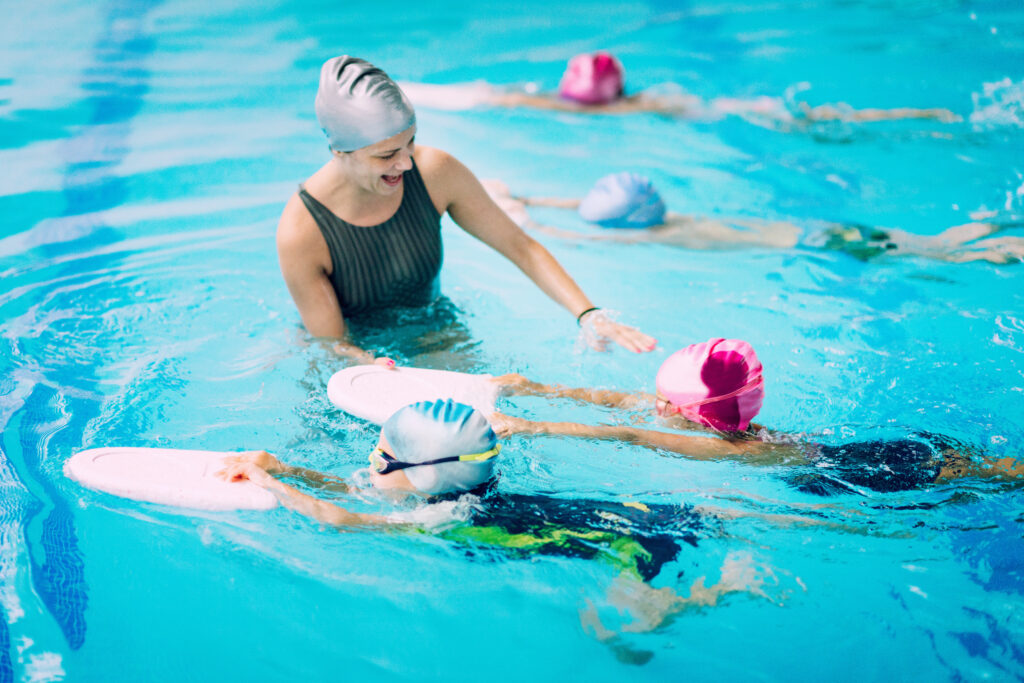Swimming is a popular activity enjoyed by people of all ages around the world. It offers many health benefits and can be a relaxing way to exercise. Many interesting facts about swimming show how unique and important it is.
This article shares five fun swimming facts that reveal surprising details about the sport and its history. These facts highlight both the physical and unusual sides of swimming, making it clear why it continues to be a favourite pastime for millions.
1) Most competitive swimmers cover 6 to 12 miles daily in training.
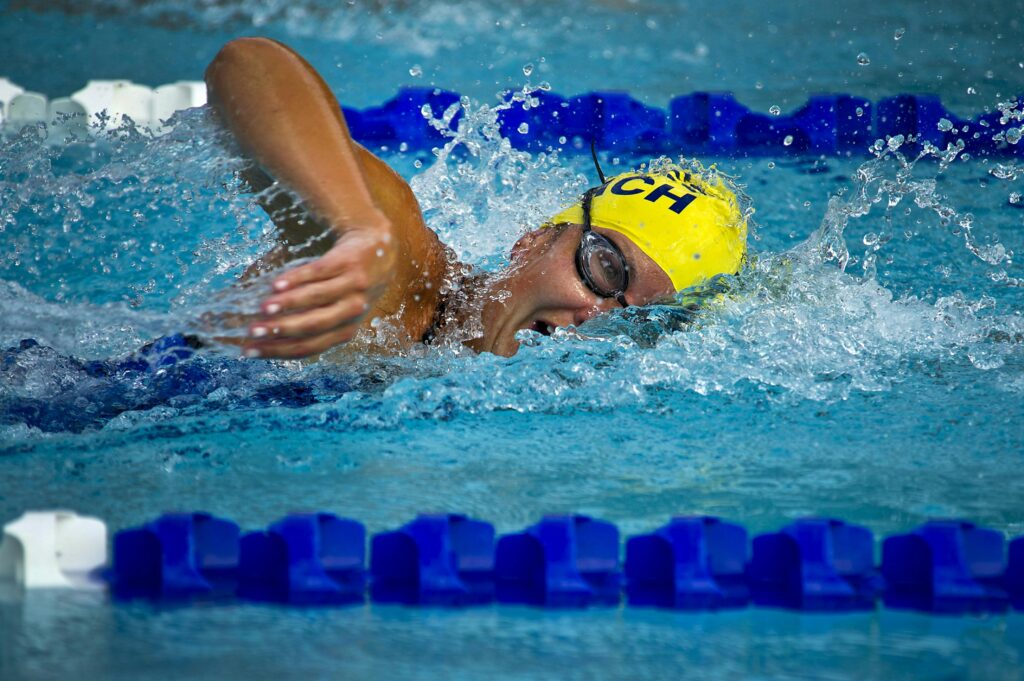
Competitive swimmers often swim between 6 to 12 miles every day during their training. This distance may vary depending on the swimmer’s level, goals, and event type. Long-distance swimming helps build endurance and strength.
Training sessions include a mix of high-intensity intervals and technique drills. Swimmers focus on improving speed as well as body control in the water.
Swimming such long distances regularly places a strong demand on the cardiovascular system. It also requires well-developed muscles to maintain form and power.
Many swimmers practise multiple times a day, often starting early in the morning. Their training routine can involve 4 to 8 sessions per week.
Covering 6 to 12 miles a day is common for those preparing for competitions. It helps them build stamina and adapt to the physical challenges of race conditions.
For more details on competitive swimming training distances, see Most competitive swimmers swim 6-12 miles a day.
2) Freedivers can hold their breath underwater for over 10 minutes.

Freedivers train their bodies to hold breath for long periods. Most people feel panicked after about 30 seconds underwater. However, freedivers can stay underwater for much longer by using special breathing techniques.
With training, some freedivers can hold their breath for over 10 minutes. This ability comes from slowing their heart rate and using oxygen more efficiently. The world record for breath-holding is even longer, reaching over 24 minutes.
This skill allows freedivers to explore great depths underwater without breathing equipment. Some can dive more than 120 metres on a single breath. This requires strong mental focus, relaxation, and precise control of the body’s oxygen use.
Holding breath for this long is not something an average person can do safely. Freedivers must train carefully to avoid risks like blackouts. Their breathing techniques are part of a disciplined practice to reach these long times underwater.
More details about freediving and breath-hold times can be found in this article on freediving breath-hold abilities.
3) Swimming burns approximately 30% more calories per hour than running.

Swimming is an effective workout because it uses many muscles at once. It engages the arms, legs, core, and back, which increases energy use.
Studies show swimming burns around 30% more calories per hour compared to running. This makes swimming a good choice for people who want to maximise calorie burn in less time.
Unlike running, swimming is a low-impact exercise. It puts less stress on the joints, reducing the risk of injury while still providing a full-body workout.
This higher calorie burn occurs because the body works harder to move through water. Water resistance forces muscles to work more, raising heart rate and calorie use.
For more information, see this detail on how swimming burns approximately 30% more calories than running.
4) Martin Strel swam the entire 5,268 km length of the Amazon River in 66 days
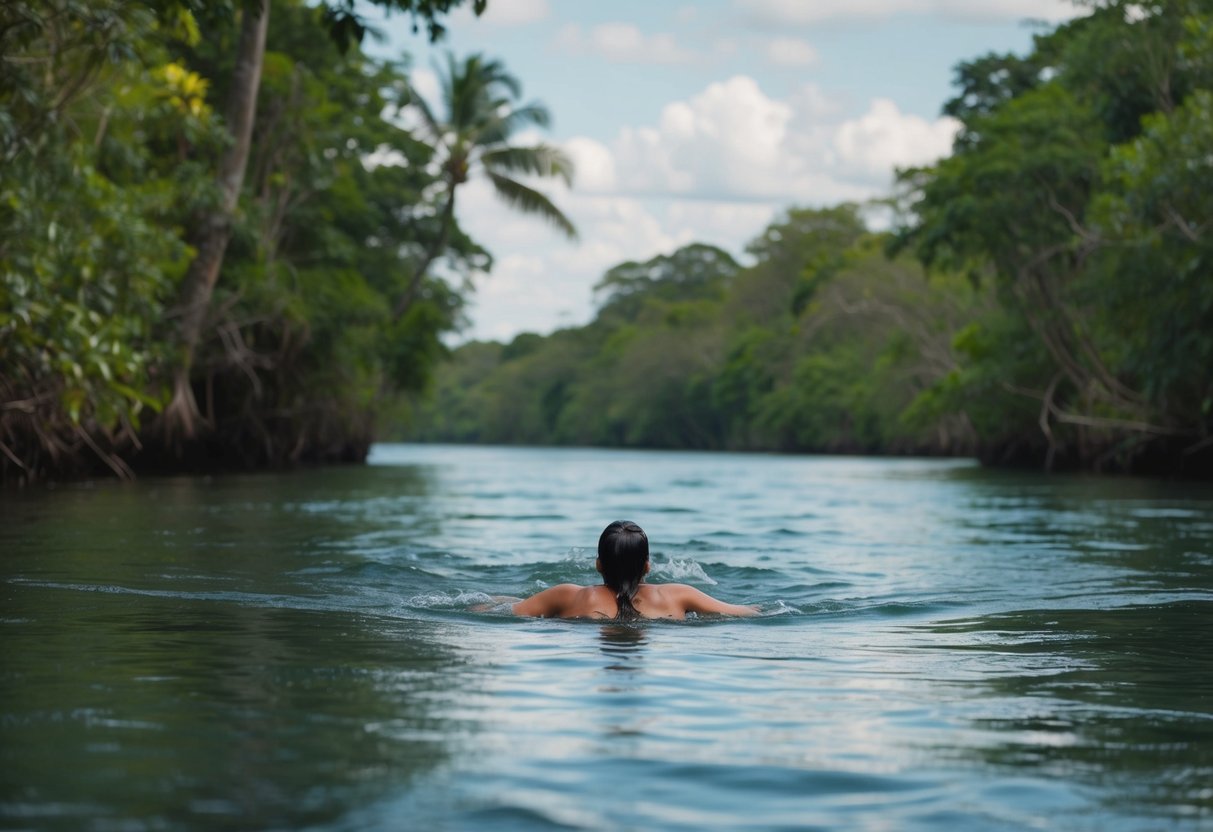
Martin Strel, a Slovenian marathon swimmer, completed an incredible feat by swimming the full length of the Amazon River. He started his journey on 1 February 2007 and finished 66 days later. The total distance he swam was 5,268 kilometres.
Strel swam for more than 10 hours each day during this journey. He had support boats to assist him along the way. To protect him from dangerous aquatic animals like piranhas, the boats sometimes poured blood into the water to keep the fish distracted.
This swim remains one of the longest in the world. It took him through difficult conditions and required immense endurance. His record-breaking achievement brought him worldwide recognition as a top long-distance swimmer. More details about this swim can be found on his official website or in coverage by news sites such as Mongabay.
5) An Olympic-size pool holds around 850,000 gallons of water.
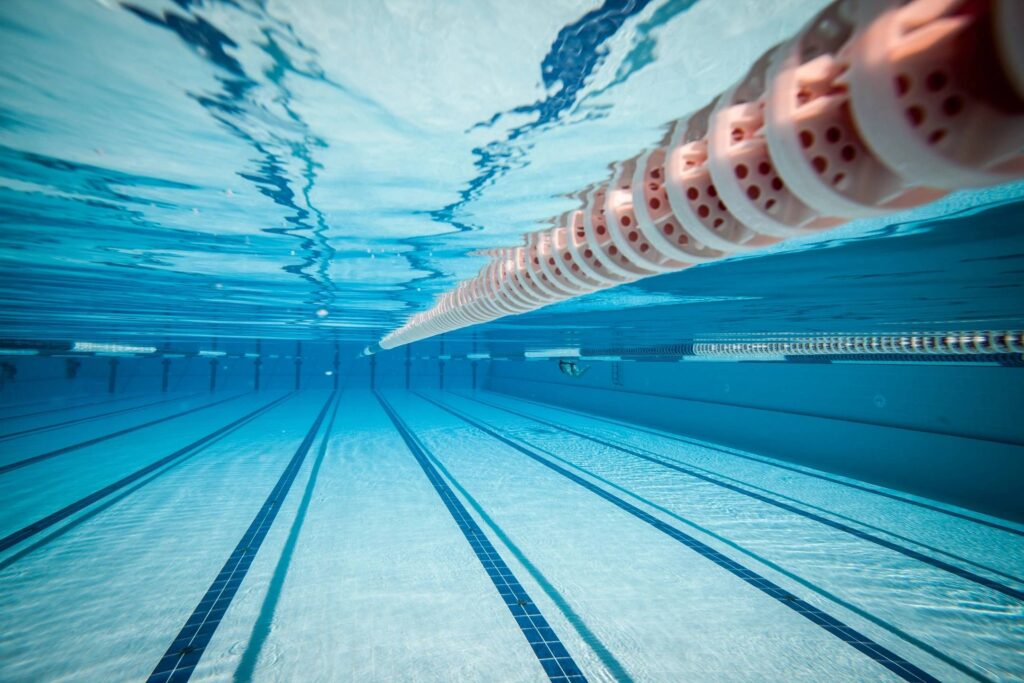
An Olympic-size swimming pool is always 50 metres long. Its width is usually 25 metres or 25 yards.
This large size allows the pool to hold about 850,000 gallons of water. That amount is enough to fill over 9,400 standard bathtubs.
The volume of water helps keep the pool cool and clean during competitions. It also provides enough space for many swimmers to use it at once.
Olympic pools are used for major swimming events worldwide. Their size and volume meet strict regulations for fair competition and training.
More details about these pools and their size can be found at swimming pool facts here.
Benefits of Swimming

Swimming works many muscles and boosts heart health. It also helps ease stress and improves mood. The activity suits people of different ages and fitness levels.
Physical Health Advantages
Swimming provides a full body workout. It strengthens muscles in the arms, legs, back, and core. Because water supports the body, it reduces strain on joints, making it ideal for people with arthritis or injuries.
This exercise improves heart and lung function. Regular swimming can lower blood pressure and help control weight. An hour of swimming burns nearly as many calories as running.
It also improves flexibility, balance, and coordination. Moving through water requires control and stretches muscles gently. This can aid posture and reduce the risk of falls.
Mental Wellbeing and Relaxation
Swimming helps reduce stress by promoting the release of mood-enhancing chemicals in the brain. The rhythmic movements and breathing create a calming effect.
The water’s buoyancy can make people feel lighter and more relaxed. Swimming often encourages mindfulness because focus is needed on coordination and breathing.
This activity can improve sleep quality and reduce anxiety. Many find that being in the water offers peace of mind and a break from daily pressures.
For more benefits, see the health advantages covered by Swimming.org.
History and Science of Swimming
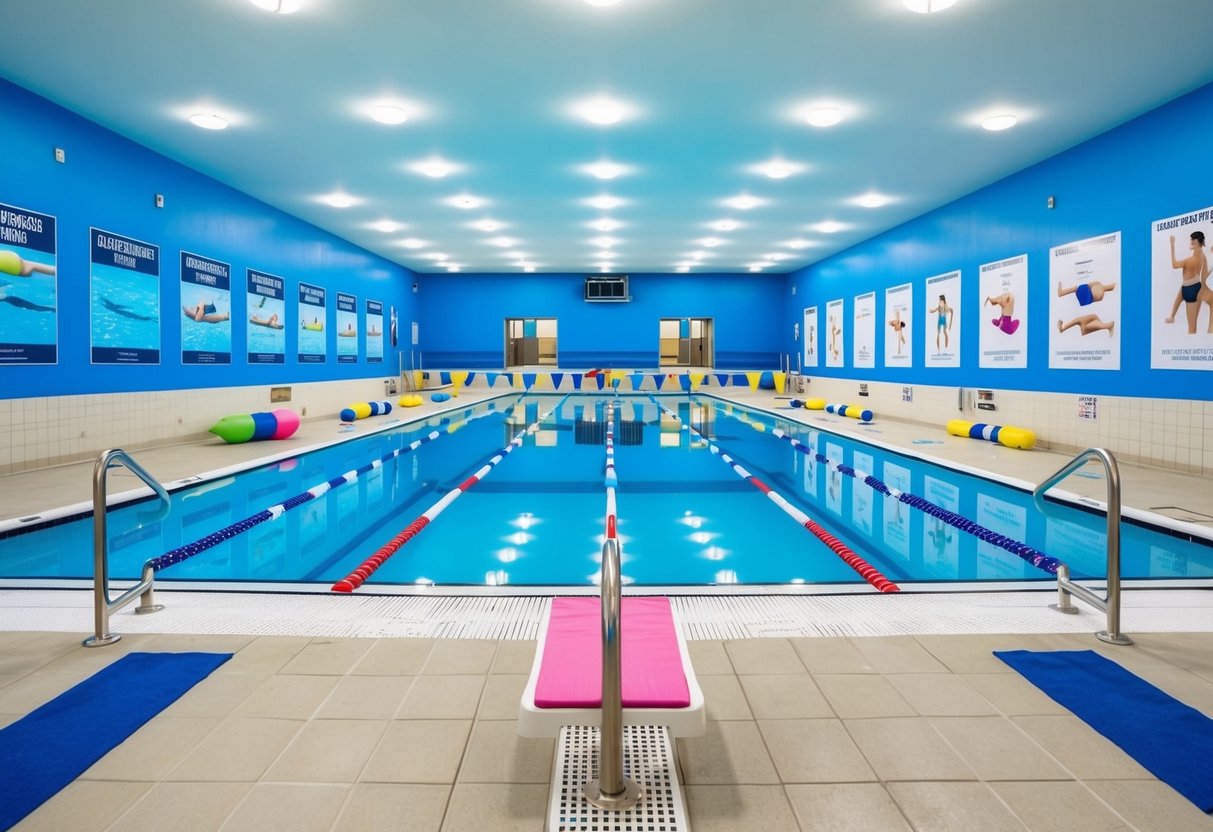
Swimming has a long history as both a practical skill and a competitive sport. It has been studied to understand how the body moves efficiently through water and how swimming affects health.
Origins of Swimming as a Sport
Swimming dates back to at least 2500 BCE in ancient Egypt. Evidence shows that the Egyptians not only swam for survival but also held swimming races in open water. Later, the Assyrians, Greeks, and Romans practised swimming, using it for military training, exercise, and entertainment.
Swimming became an organised sport much later. The first known swimming competition in modern times was held in 1837 in England. Over time, swimming styles such as freestyle, breaststroke, and butterfly were developed to improve speed and efficiency in the water.
Interesting Swimming-Related Discoveries
Research shows swimming is one of the best full-body exercises, improving cardiovascular health and muscle strength. It burns a high number of calories while being gentle on joints.
Studies also reveal that efficiency in swimming depends on factors like body position, stroke technique, and breathing. For example, pointed toes reduce drag, making swimmers faster. Free diving, a form of breath-hold swimming, is another area of interest where humans explore how long they can stay underwater without breathing.
For more detailed information about swimming’s past and scientific insights, visit this page on the history of swimming.

